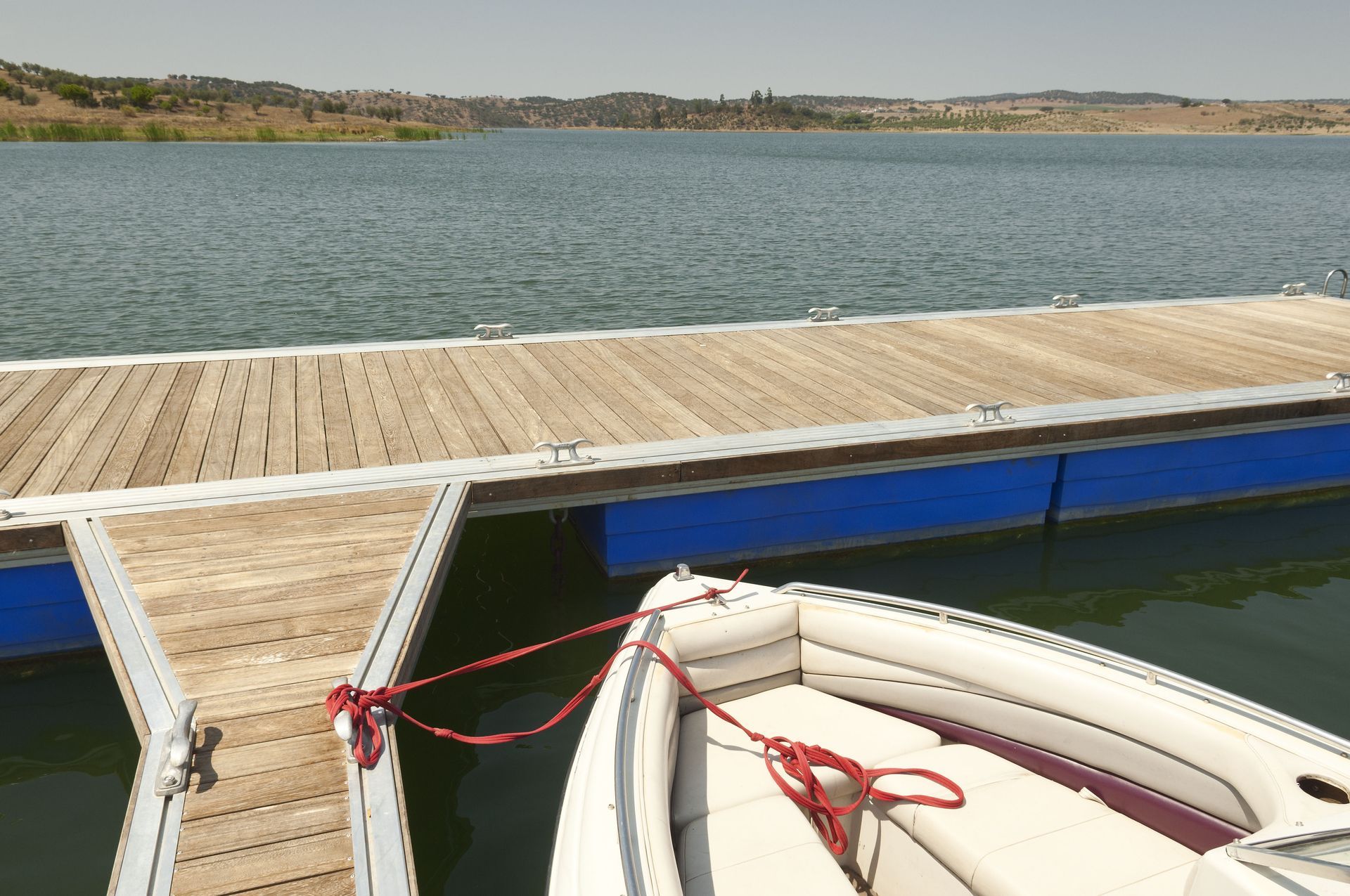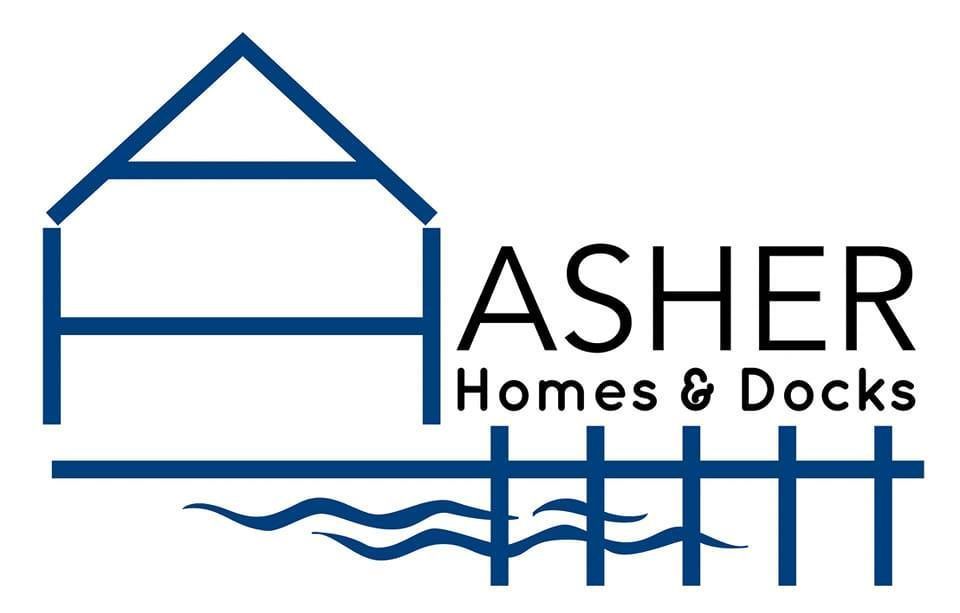5 Key Features to Consider When Planning a New Dock
Begin your journey of planning a new dock with a well-rounded understanding of the crucial aspects that ensure functionality, safety, and aesthetic appeal. When considering a new dock, it is crucial to evaluate various factors such as location, materials, costs, and regulations. According to HomeAdvisor, a boat dock lasts an average of 10 to 20 years, and a well-planned dock can enhance the waterfront experience, providing a practical solution for docking boats and other watercraft. Furthermore, understanding these components ensures the structure will stand the test of time against environmental and physical stresses. This comprehensive guide will help you navigate through the essential components of designing and building a dock with a dock service.
1. Site Location and Environmental Factors
One of the foremost considerations when planning a new dock with a dock service is the site location, focusing on water-related variables. Water depth and tidal patterns significantly affect the type of dock that can be constructed, as well as its long-term usability. The right water depth ensures safe mooring without causing damage to boats or the dock structure. Evaluating tidal patterns helps predict future water level changes and ensure continued accessibility.
In addition to water conditions, the proximity to the shoreline and access points is essential. A dock that is too far from the shoreline can pose difficulties for transportation and accessibility. Conversely, a dock too close to the shore may be impacted by erosion or shifting sediments, affecting its stability. Thoughtful planning can integrate ease of access while maintaining structural stability. This balance is necessary to meet practical requirements and environmental considerations.
Local weather conditions and seasonal impacts must also be incorporated into the planning. Designing a dock that can withstand regular weather patterns, as well as extreme events, is crucial for safety and durability. Furthermore, understanding seasonal shifts, like freezing and thawing cycles, will influence decisions about materials and engineering. By considering these elements, you can choose protective features that defend against environmental wear and tear. Proactively addressing these issues helps mitigate potential maintenance and repair costs.
2. Structural Design and Material Selection
Structural design and material selection from a professional dock service are pivotal in creating a dock that serves your needs consistently. Choosing durable materials reduces the frequency of repairs and prolongs the dock’s lifespan. Each material comes with its own set of maintenance requirements, with options like wood, composite, and metal offering various benefits and challenges. For instance, wood can provide a natural aesthetic but may require more frequent upkeep, whereas composites offer durability with less maintenance. Selecting the right materials based on location and usage will lead to a better-performing dock.
The load-bearing capabilities and structural integrity of the dock are essential for safety and functionality. A well-designed dock can handle the weight of anticipated activities without issues like sagging or structural failure. This involves comprehensive planning and engineering to ensure that the dock can support varied loads, whether it's foot traffic, boats, or additional equipment. Ensuring structural integrity effectively mitigates potential safety risks. Strategic engineering and design measures ensure that the dock will remain sound over time.
Materials should also be chosen for their resistance to water damage and corrosion. Docks are frequently subject to moisture, so materials must withstand water exposure and related effects. Metals like aluminum are often used for their anti-corrosion properties, while treated wood can resist rot and degradation. Furthermore, selecting materials with inherent resilience can reduce the need for costly maintenance, preserving the dock’s functionality. Investing in high-quality materials provides long-term savings and reliability.
3. Safety and Compliance Standards
Ensuring the safety of all dock users is paramount in the planning and construction of any new dock with a dock service. Dock lighting and visibility aids enhance not only aesthetics but also prevent accidents during nighttime use. Illuminating critical areas, such as walkways and entry points, improves safety significantly. Additionally, lighting plays a critical role in attracting dock users when necessary, assisting in emergencies, or docking at night. Implementing adequate lighting and visibility aids is a worthwhile investment in comprehensive dock safety.
Safety railings and fencing are essential components in preventing falls and ensuring user safety. Railings provide support to individuals, especially during waves or inclement weather, contributing to overall stability. Properly designed and installed railings can drastically reduce the risk of accidents, making the dock accessible for people of all ages. Furthermore, fencing serves as an added barrier between the dock and open water, enhancing safety, especially for children and pets. Such measures demonstrate a commitment to safety, while also complying with local regulations.
Slip and trip hazard mitigation requires careful consideration during the planning phases. Surfaces can become slippery when wet, making appropriate tread and anti-slip materials necessary. Integrating textured surfaces or treatments reduces slip incidents, promoting a safe walking experience. Alongside traction optimization, regular inspections for potential trip hazards, like protruding nails or uneven surfaces, address issues proactively. Maintaining a safe environment is not only a compliance requirement but also a commitment to user safety.
4. Utility Access and Infrastructure
Ensuring that a dock is equipped with the necessary utilities significantly enhances functionality and user experience. A reliable electrical supply and connectivity allow for increased automation and lighting, supporting various activities and improving safety. Factors like local infrastructure must be considered in planning adequate electrical pathways to prevent hazards. Electrical connectivity can support the operation of essential equipment, providing convenience for dock users.
Plumbing and water access provide convenience and essential functionality for dock users. Access to clean water for maintenance and cleaning purposes enhances ease of use and promotes hygiene. Planning for efficient plumbing systems also supports hoses or integrated cleaning stations, catering to recreational and maintenance demands. This access turns the dock into a more self-sufficient entity for varied activities.
Fueling systems for boats are a pivotal part of dock infrastructure, catering to boat owners' needs effectively. Safe, efficient fueling solutions, whether through fuel docks or portable fueling options, facilitate continued watercraft usage without extended downtime. Integrating these systems also involves adhering to safety standards and environmental regulations, promoting safe operational practices. Ultimately, strategic planning of fueling systems provides a competitive advantage for places catering to regular boating activities.
5. Functionality and Usage Considerations
A professional dock service should plan a dock that supports a wide range of watercraft and associated equipment, making versatility a core component. Accommodating different types of boats, from small kayaks to larger vessels, expands the dock’s usability and appeal. Customizable docking arrangements increase adaptability, catering to future expansions or changes in usage patterns. Planning docks to support diverse equipment enhances overall utility, attracting various user groups. This expands the functional scope and increases the dock's value as a long-term community asset.
Thoughtful storage and docking arrangements should be integrated into the dock's design. Secure storage solutions for boats, fishing gear, or other equipment protect assets and optimize space usage. Whether through built-in lockers or stackable systems, the organization is crucial for maintaining accessibility and convenience. Leveraging available space ensures orderly operation while maintaining clear pathways for safe navigation.
A new dock built and designed by a professional dock service ensures a functional, safe, and durable structure. By carefully selecting a site, considering structural and material factors, and ensuring compliance with safety standards, a well-designed dock can serve as both a practical and aesthetic addition to any waterside property. Contact Asher Homes and Docks today for more information.


Share On: